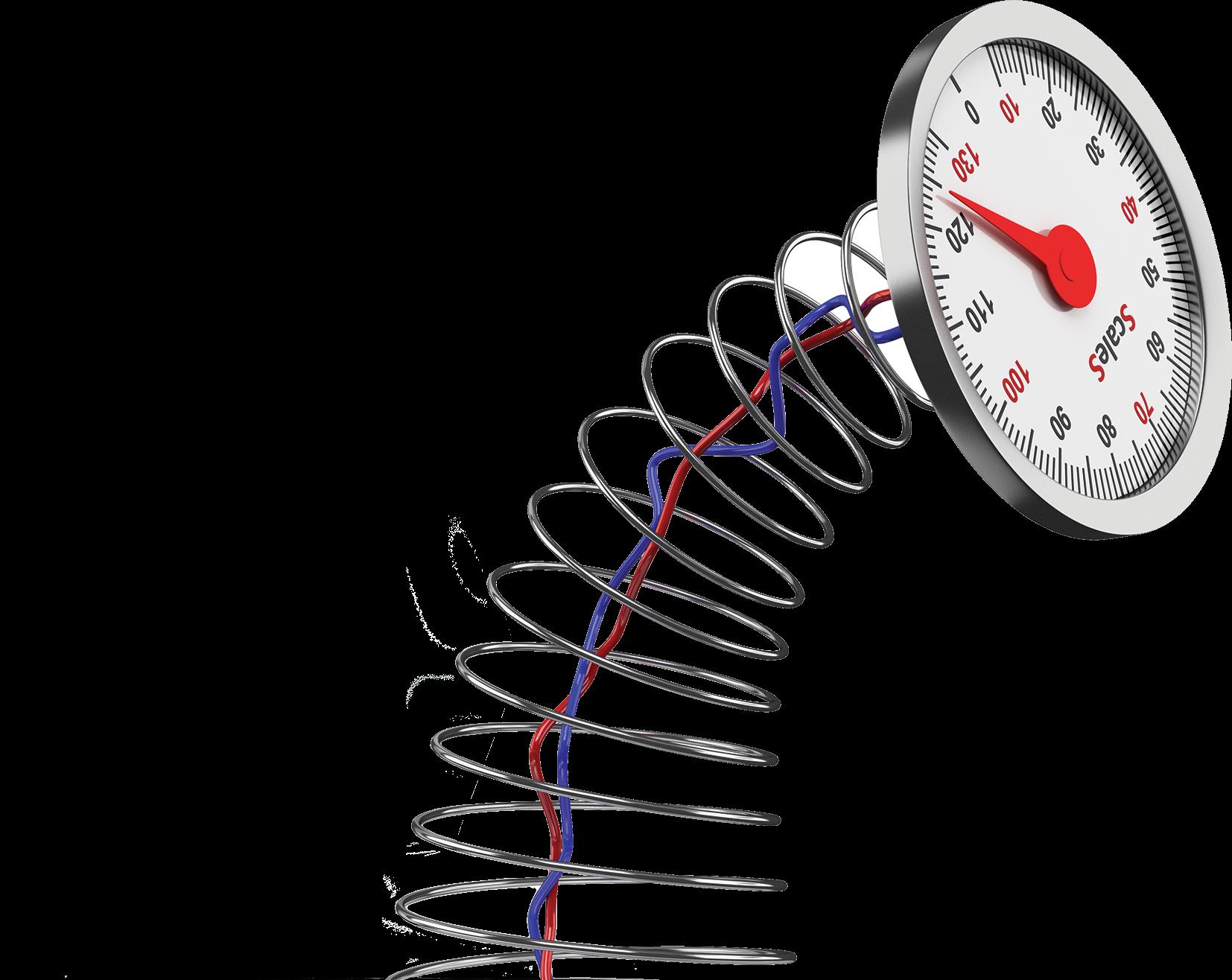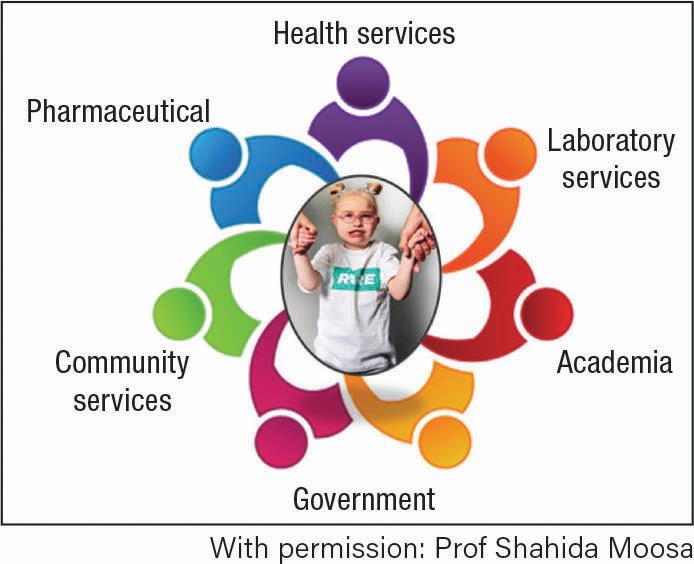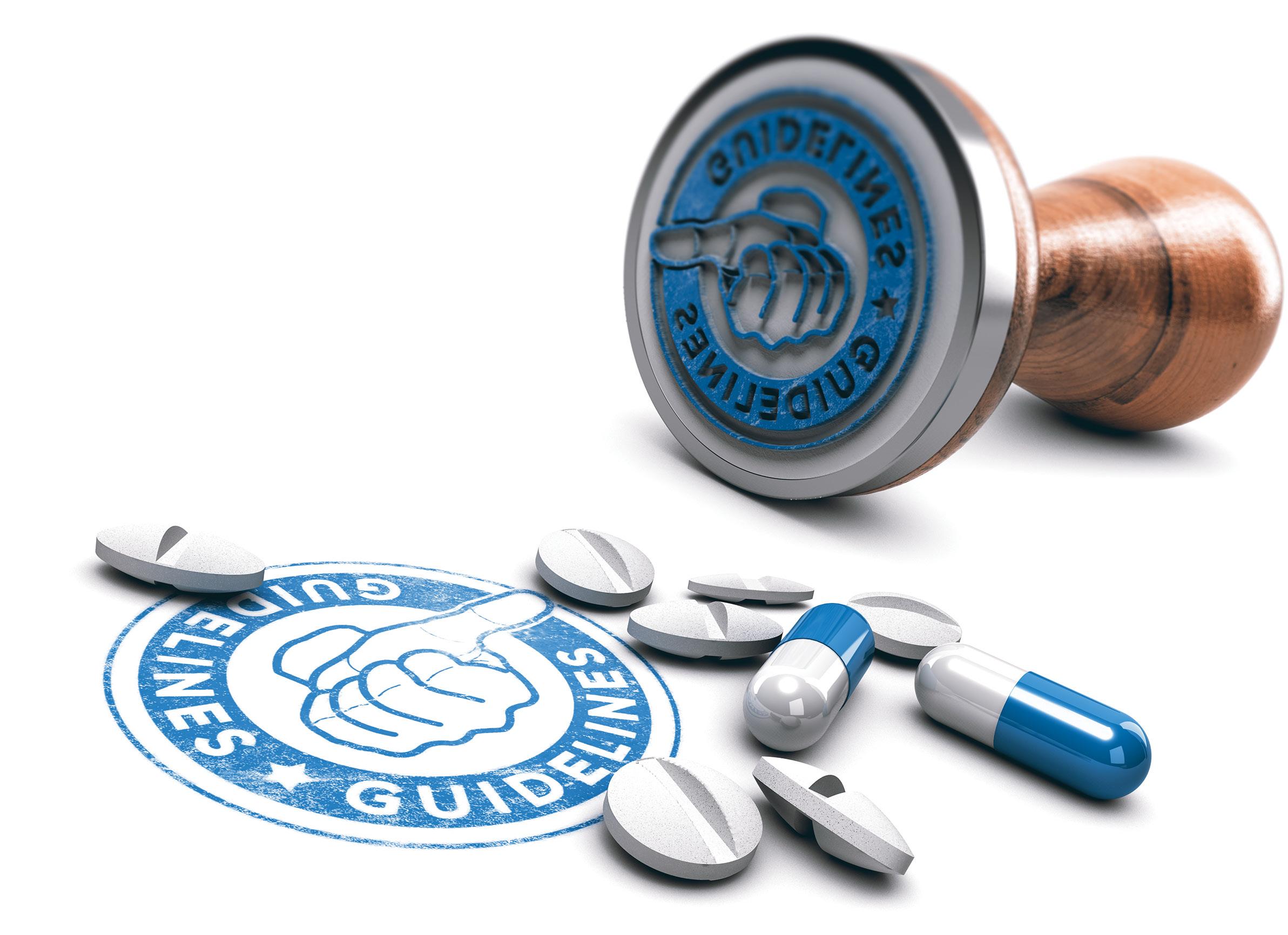
6 minute read
BP-lowering pharmacotherapy should be the foundation of risk prevention
BP-lowering pharmacotherapy should be the foundation of risk prevention
Numerous studies have demonstrated a log-linear relationship between elevated blood pressure (BP) and a higher risk of cardiovascular disease (CVD), which increases substantially with age.1
Advertisement
About 36.1% of males, 33.2% of females in the age group 45- to 54-years have hypertension and in the age group 55- to 64-years, the figures double to 57.6% and 55.5% respectively. Patients aged between 65- and 74-years, 63.6% of males and 65.8% of females, and in older patients (>75-years), 73.4% of males and 81.2% of females, have hypertension.1
Hypertension is slightly more common in women and conveys an increased risk of heart failure (3-fold) in comparison to men (2-fold). Women are also more likely to have uncontrolled blood pressure.1
Hypertension and angina
Patients with hypertension often present with typical anginal chest pain, caused by functional and structural mechanisms that affect coronary microcirculation. Patients with hypertension and microvascular angina often show slow flow and tortuous coronary arteries, suggestive of small vessel obstruction.2
Common structural abnormalities implicated in hypertension include capillary rarefaction and left ventricular hypertrophy. Functional abnormalities contributing to microvascular angina, include insulin resistance that leads to endothelial dysfunction, and oestrogen deficiency in post-menopausal women or women who have undergone a hysterectomy.2
What is angina?
Angina, or chest pain, is the most common symptom of ischaemic heart disease, a major cause of morbidity and mortality worldwide. Angina is one of the signs of acute coronary syndrome and can further be subdivided into stable and unstable angina. Stable angina is defined as the occurrence of symptoms with exertion only. Unstable angina or symptoms occurring at rest requires more prompt evaluation and management.3
Simply put, angina is the result of an imbalance between the myocardial oxygen supply and the myocardial oxygen demand. It is important to understand the factors that contribute to each of these measures.4
Endothelial cells line the coronary arteries. These cells are responsible for regulating vascular tone and preventing intravascular thrombosis. Stress, hypertension, hypercholesterolemia, viruses, bacteria, and immune complexes can disrupt these two functions and result in coronary heart disease.4
According to the National Institute of Health Care and Excellence, angina can be defined as:5
• Typical angina: (requires all three)
» Constricting discomfort in the front of the chest or in the neck, shoulders, jaw, or arms
» Precipitated by physical exertion
» Relieved by rest or sublingual glyceryl trinitrate within about 5min
• Presence of two of the features is defined as atypical angina.
• Presence of one or none of the features is defined as non-anginal chest pain
• Stable angina may be excluded if pain is non-anginal provided clinical suspicion is not raised based on other aspects of the history and risk factors
• Do not define typical, atypical, and nonanginal chest pain differently in men and women or different ethnic groups.
Other causes of chest pain that should be excluded include: Gastroesophageal reflux disease, lung disease, musculoskeletal causes, and anxiety/panic attacks.3
How is hypertension treated?
Guidelines recommend that patients with stage 1 hypertension (∼69%) do not qualify for immediate drug therapy (see box 1 for hypertension staging). However, a new study by the Blood Pressure Lowering Treatment Trialists’ Collaboration, shows that a 5mmHg reduction of SBP reduces the risk of major CV events by about 10%, irrespective of previous diagnoses of CVD, and even at normal or high–normal BP values.6,7
According to the study authors, their findings provide evidence against the widely held view that an individual’s BP or previous diagnosis of CVD per se are key factors for selecting or deselecting participants for BP-lowering treatment.7
These findings call for revision of clinical guideline recommendations globally and suggest that anti-hypertensive medications are better viewed as treatment options for prevention of CVD regardless of an individual’s BP level and their previous history of CVD, stress the authors.7
For people at risk of CVD, pharmacological BP-lowering treatment should become a cornerstone of risk prevention irrespective of CVD status or BP.7
Current guidelines recommend that once an individual with hypertension qualifies for pharmacological treatment (see box 1), including patients with masked hypertension, prescription of anti-hypertensives is recommended from one of the four drug classes (usual first line therapy):7
1. Thiazide diuretics
2. Calcium antagonists
3. Angiotensin converting enzyme (ACE) inhibitors
4. Angiotensin receptor blockers (ARBs) – unless there is a comorbidity consideration favouring the use of a different drug class.
The number of anti-hypertensive drugs to prescribe in drug naïve patients is guided by how far their BP is above target. In patients with BP >20/10mmHg above target, two-drug therapy, either as a single pill combination or two separate pills, should be initiated.7

How is angina treated?
The aims of pharmacological management of chronic coronary syndromes (CCS) patients are to reduce angina symptoms and exercise-induced ischaemia, and to prevent cardiovascular events, recommends the 2019 European Society of Cardiology guidelines for the diagnosis and management of CCS.9
Immediate relief of anginal symptoms, or the prevention of symptoms under circumstances likely to elicit angina, is usually obtained with rapidly acting formulations of nitroglycerin.9
Anti-ischaemic drugs – but also lifestyle changes, regular exercise training, patient education, and revascularisation – all play a role in minimising or eradicating symptoms over the long-term (long-term prevention).9
Initial drug therapy usually consists of one or two anti-anginal drugs, as necessary, plus drugs for secondary prevention of CVD. The initial choice of anti-anginal drug(s) depends on the expected tolerance related to the individual patient’s profile and comorbidities, potential drug interactions with co-administered therapies, the patient’s preferences after being informed of potential adverse effects, and drug availability.9
Whether combination therapy with two anti-anginal drugs (eg a beta-blocker and a calcium channel blocker [CCB]) is superior to monotherapy with any class of anti-anginal drug in reducing clinical events remains unclear.9
Beta-adrenergic blockers or CCBs are recommended as the first choice, although no randomised controlled trials to date have compared this strategy to an alternative strategy using initial prescription of other antiischaemic drugs, or the combination of a betablocker and a CCB.9
The results of a network meta-analysis of 46 studies and 71 treatment comparisons supported the initial combination of a betablocker and a CCB. The same meta-analysis suggested that several second-line add-on anti-ischaemic drugs (long-acting nitrates, ranolazine, trimetazidine, and, to a lesser extent, ivabradine) may prove beneficial in combination with a beta-blocker or a CCB.9
The dose of beta-blockers should be adjusted to limit the heart rate to 55–60 beats per minute at rest. Discontinuation should be tapered and not abrupt.9
References
1. Tackling G and Borhade MB. Hypertensive Heart Disease. StratPearls [Internet], 2021.
2. Vitale C. Microvascular angina and systemic hypertension. e-Journal of Cardiology Practice, 2016.
3. Hermiz C and Sedhaj YR. Angina. StratPearls [Internet], 2021.
4. Gillen C and Goyal A. Stable Angina. StratPearls [Internet], 2021
5. Ford TJ and Berry C. Angina: contemporary diagnosis and management. Heart, 2018.
6. Flack JM and Adekola B. Blood pressure and the new ACC/AHA hypertension guidelines. Trends in Cardiovascular Medicines, 2020.
7. The Blood Pressure Lowering Treatment Trialists’ Collaboration. Pharmacological blood pressure lowering for primary and secondary prevention of cardiovascular disease across different levels of blood pressure: an individual participant-level data meta-analysis. The Lancet, 2021.
8. South African Hypertensive Society. Hypertension. https://www.hypertension.org.za/pages/about-us
9. Knuuti J, Wijn W, Saraste A, et al. 2019 ESC Guidelines for the diagnosis and management of chronic coronary syndromes: The Task Force for the diagnosis and management of chronic coronary syndromes of the European Society of Cardiology (ESC). European Heart Journal, 2019. SF










